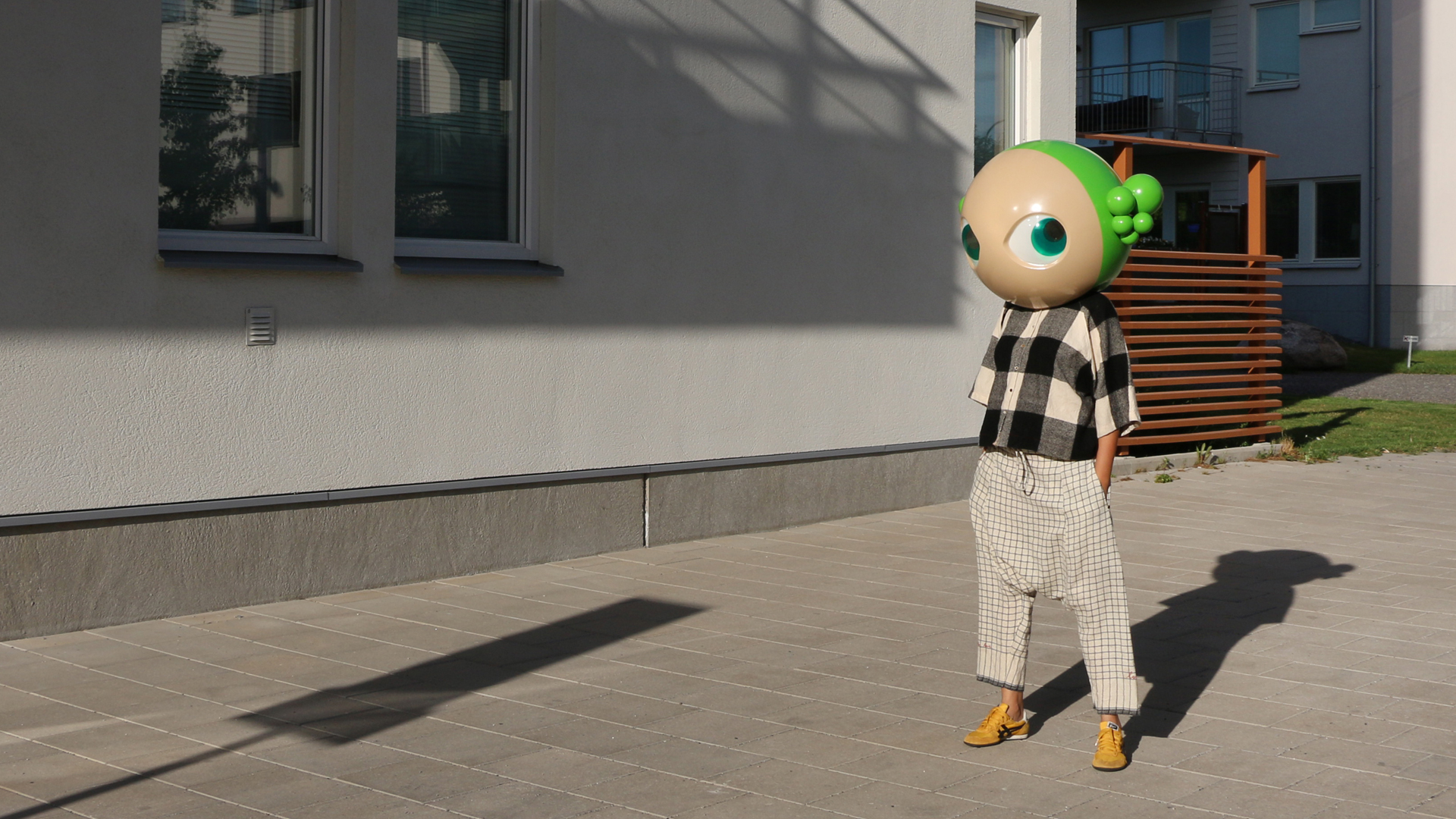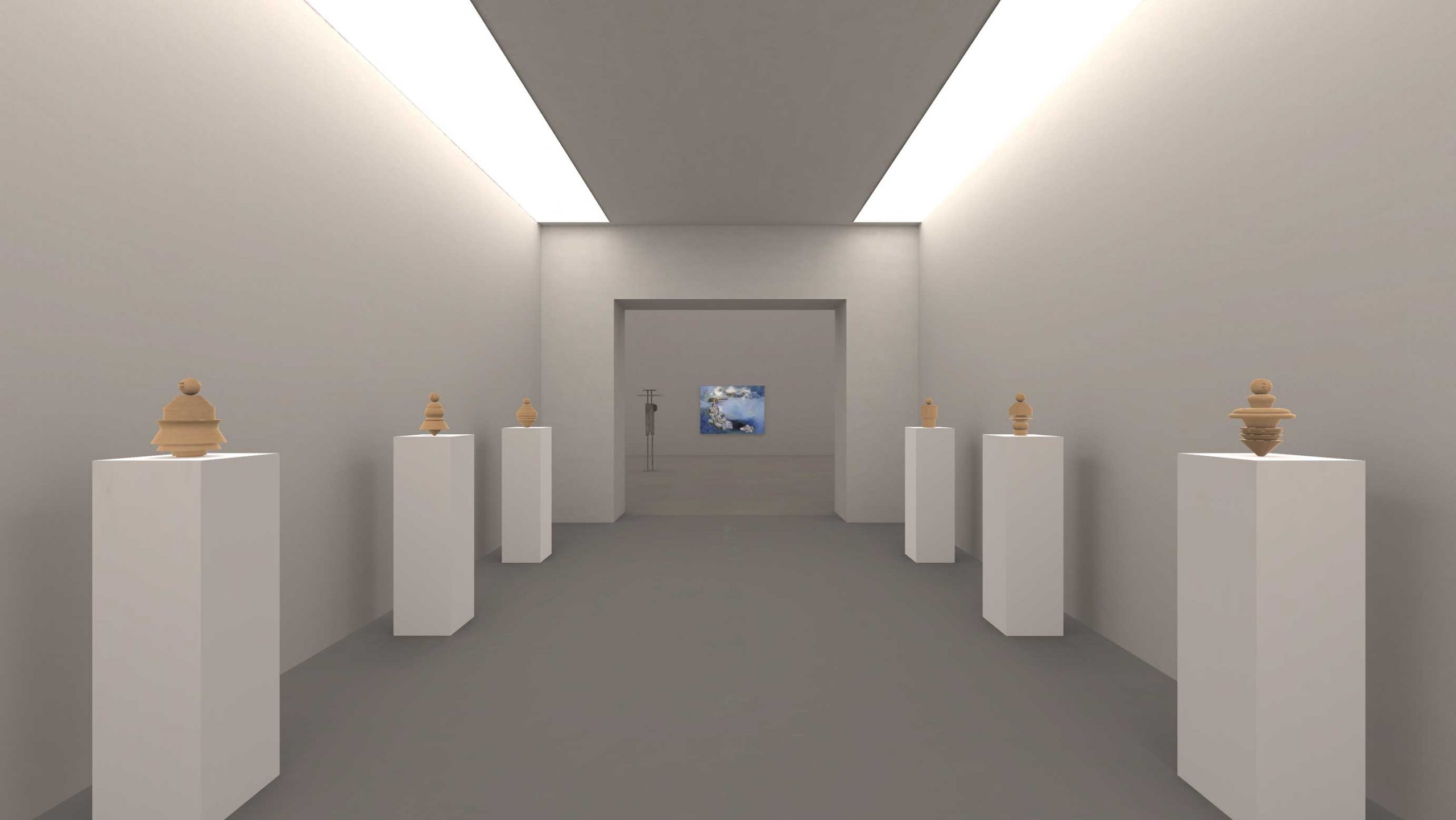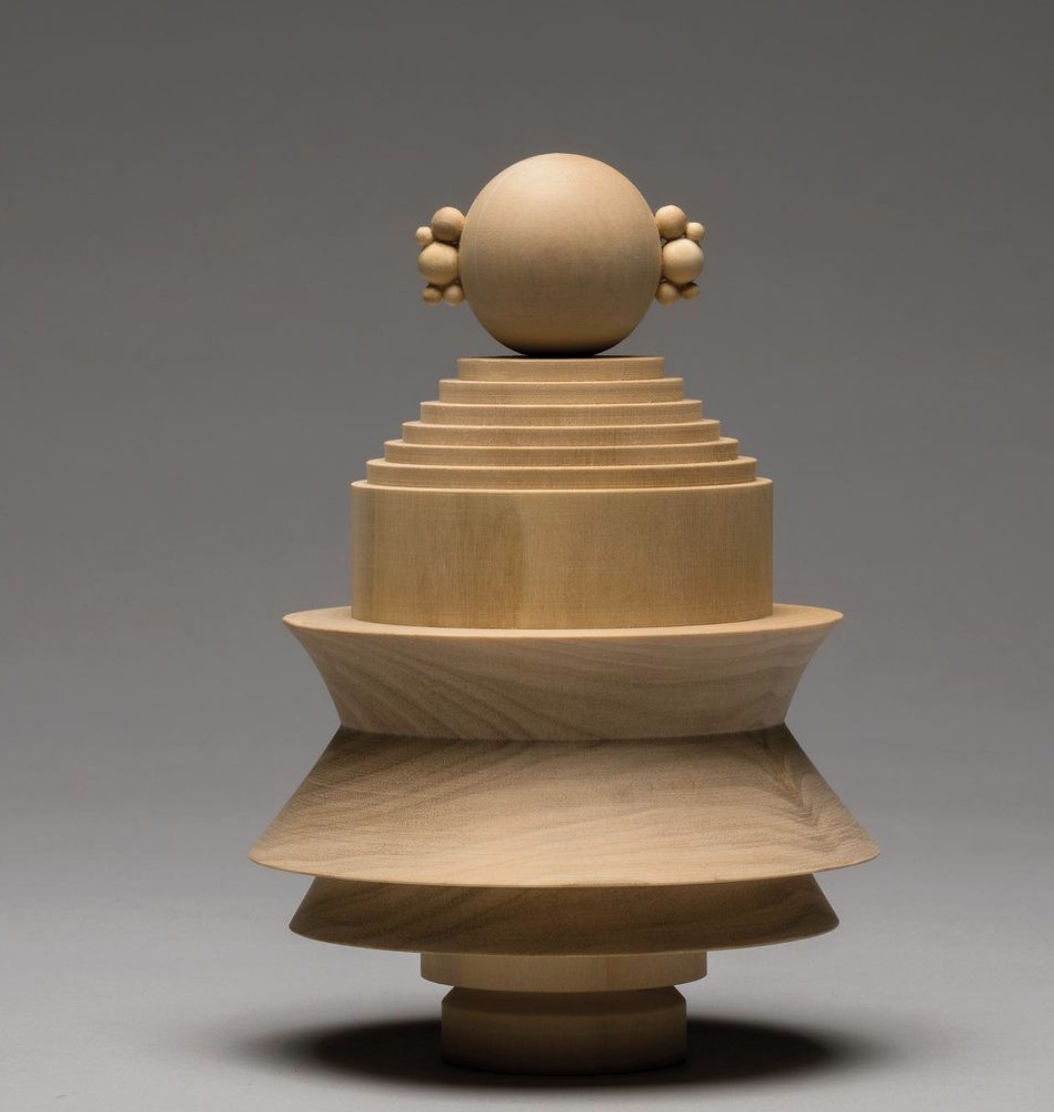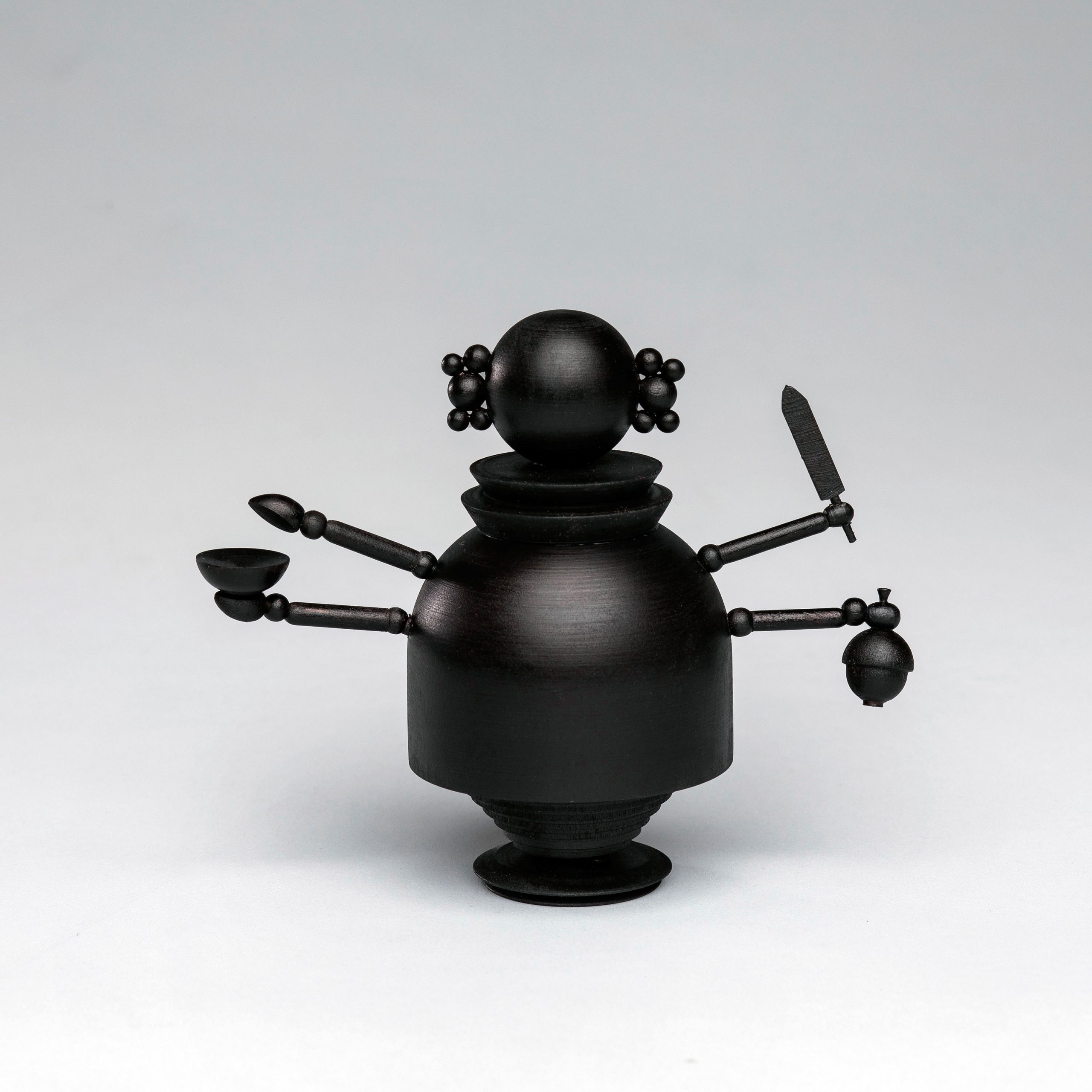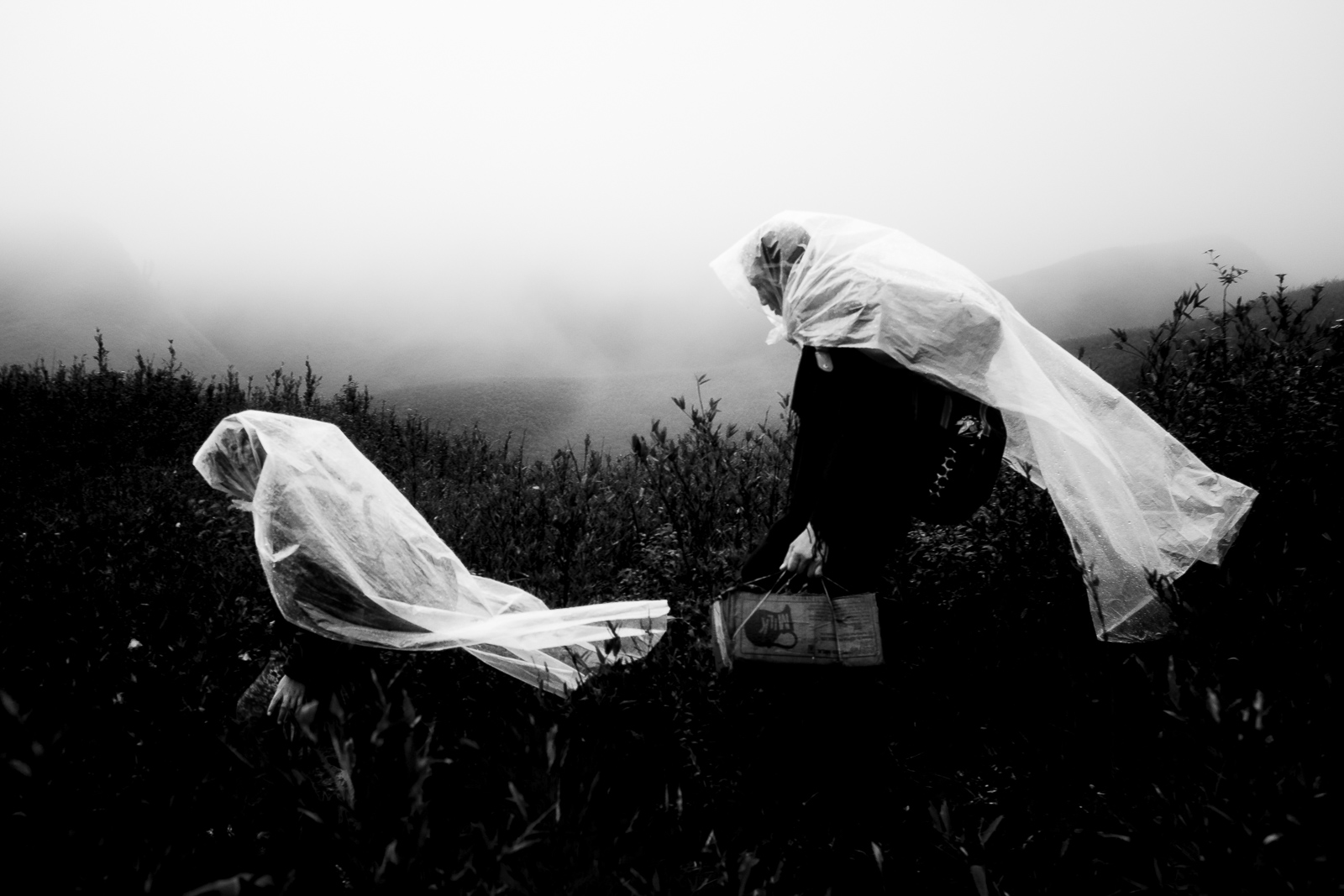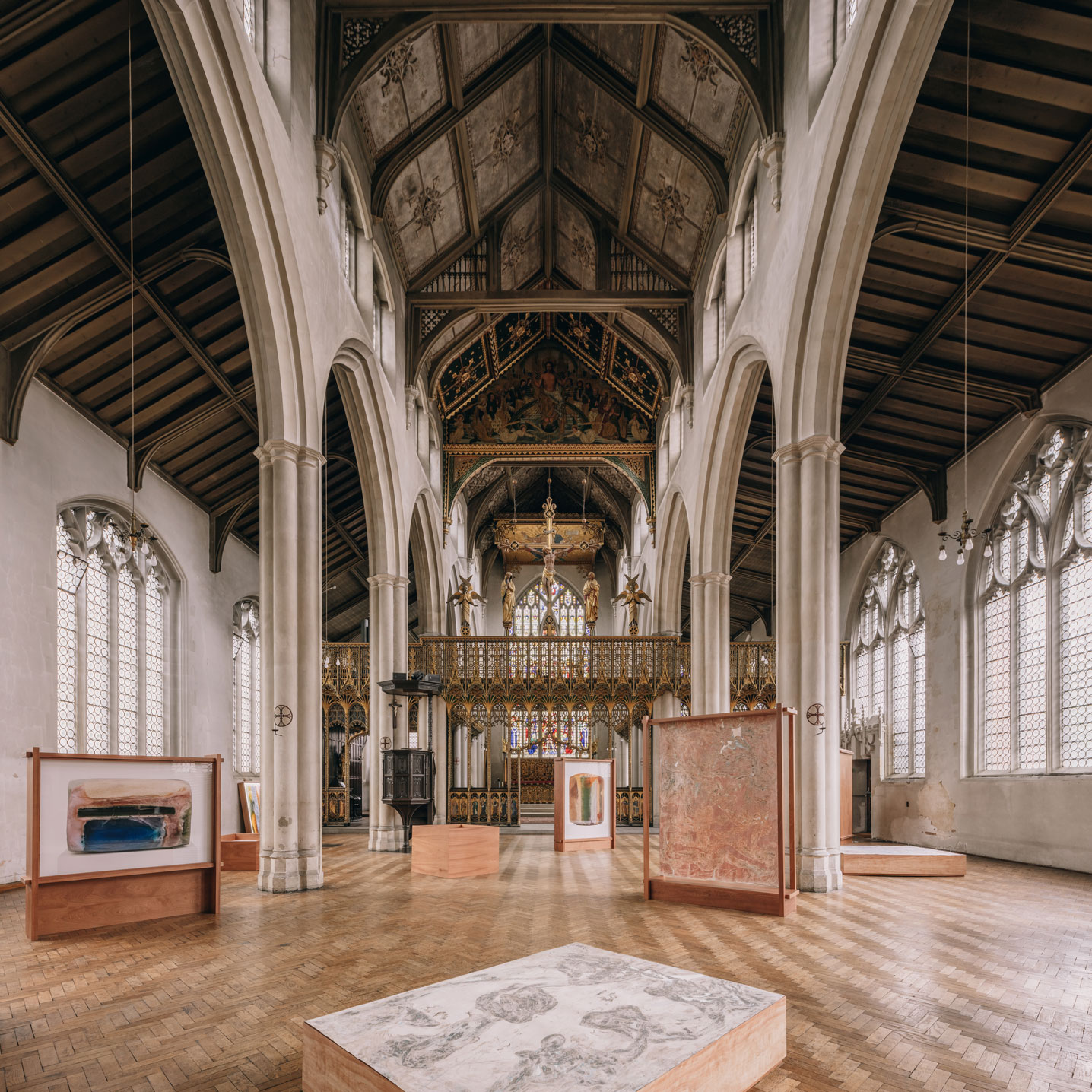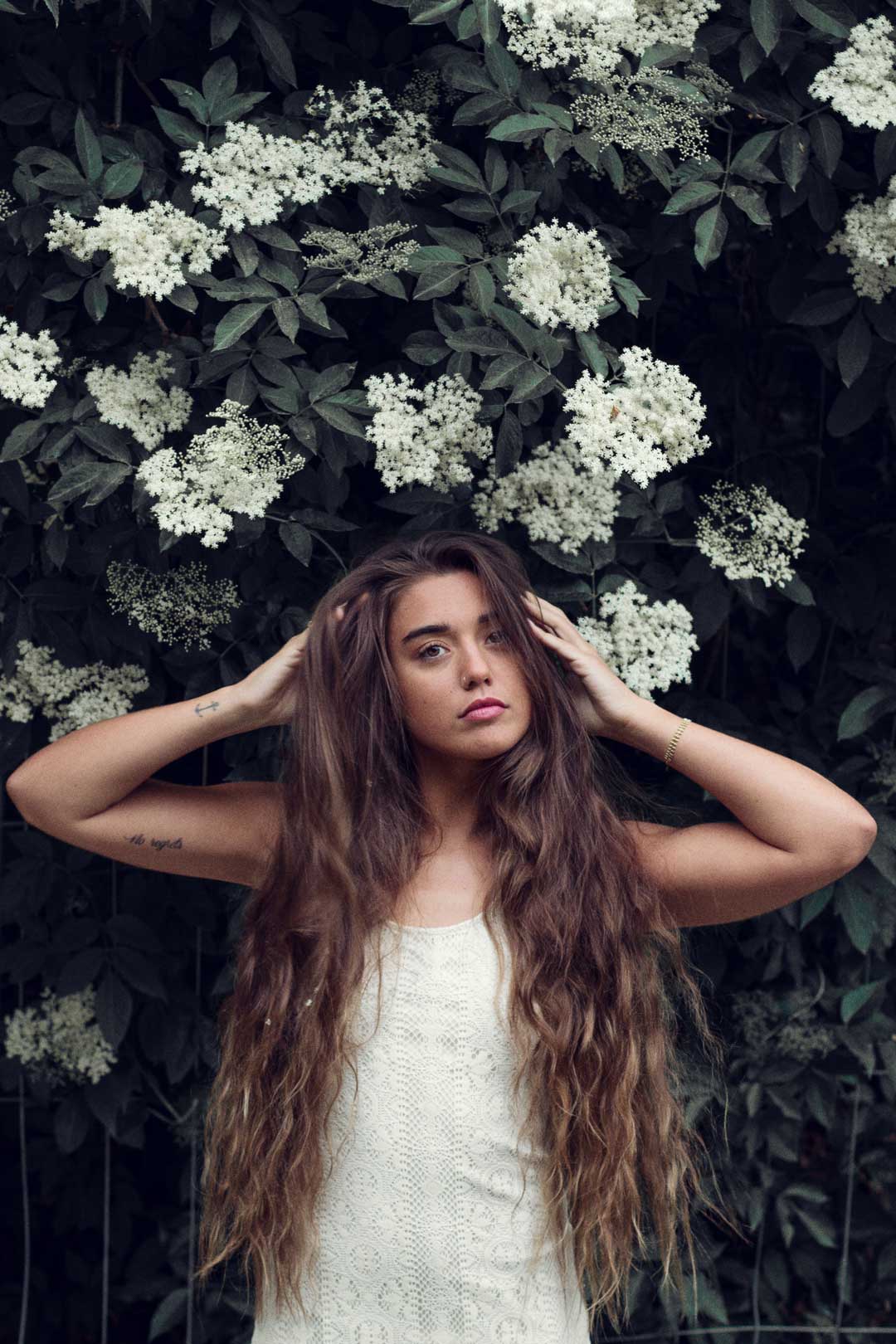“My performance revolves around the ideas of identity, notions of perfection, self-worth, and the conflict between traditional and contemporary roles of women in Indian society”- Princess Pea
Princess Pea is a visual and performance artist based in Gurgaon, India. Presenting herself as a breathing sculpture, Princess Pea took Indian art by surprise when she popped up at Indian Art Fair with her giant anime head in 2009. Princess Pea strolls around in public places and art fairs questioning gender dynamics, identity, and self-worth. She also launched a limited edition of Etikopakka toys, made of softwood and lacquer colour at the Indian Art Fair in 2016. Pea’s Pool of Infinity series that was showcased by AORA III at their virtual exhibition is a collection of manually shaped miniature toy sculptures made of ankundu wood emphasizing the significance of community building and narratives generated within them. The origination of Princess Pea comes from a personal history that resonates with most women in India. Her inspiration for the character came from her and her sister. They were constantly compared in terms of what their bodies looked like. She says, “She was heavy; I was lean” and because of that in her younger years she was called ‘pea’ and her sister was called ‘pumpkin. She says, “As an artist, I always wanted to question the vocabulary, mediums of art and have been interested in the performance aspect of it. The name of the character comes from my sister and me. Being physically opposite, we were always poked and questioned!” Pea turns out to be an alter ego that the artist created to confront and question the status quo of Indian society that limits the experience of women. Indian women, on a large scale, fear for safety and do not feel they have the liberty to be who they are and wear what they want. They are heavily scrutinized over what they should be according to the socio-cultural ideals of the older generation.
Pea questions the hackneyed gender norms and ideas of womanhood set by a patriarchal tradition suppressing the voices of women and renders them powerless. The large head does not only mask the artist’s identity but also represents the burden women carry on their shoulders dictated by society. Pea confronts this burden and revolts against the pressures of body image policing by accepting and loving her differences. She says, “It is a symbol of the weight of conforming to society’s standards of beauty. The oversized head evolved out of a comparison to my sibling, who had such a different body shape from mine. As an artist, I chose to embrace these differences and celebrate them as a form of artistic iconography. It allowed me to love my differences rather than merely accept them”.
Princess Pea treasures her anonymity considering the many street artists who choose to remain unidentified. She says, “I want to experiment while being reserved at the same time. Being anonymous gives me immense space and pleasure.” At the same time, through her character, she tries to move away from binaries. She says, “I wanted something that’d go beyond discrimination of gender, age, being gay (sexual orientation), etc.” She also created variations of the original head depicting various moods and relationships with various individuals. The different heads reflect on the human nature of having a multifaceted self. She says, “I think we all wear different masks depending on the people we are with. The different heads mimic the different roles we all play in life.”
Apart from part-time anime character, she also engages in performance plays and weaving narratives with women. Her project is called I. Me. We. You. highlights the narratives of women she met to talk to them about the idea of becoming Princess Pea, and “embracing the avatar for a day and for living a life built on their fantasies”. The idea that started with including the older generation of women soon flourished into stretched to women across age and divides. This project brought about a collection of stories performed by women, of “reality and reminiscence, of hope and desire”. This project produced a rich and colourful archive of an anthology of experiences of women. Another project called Sunrise Ceremonies “is a document, which serves both as a ritual and instructional manual. It’s a culmination of countless days and happenings of performance as a day-to-day endeavour. The project acts as a visual diary, an insight into the artistic process” of the artist. She also parodied the unrealistic beauty standards created by the fashion industry by creating ‘Vague’ a series of digitally manipulated magazine covers modelled by Princess Pea. She says, “The enlarged head is like a deformity, an imperfection” which needs to be celebrated and loved like all differences imposed by a set standard of beauty in today’s world. Princess Pea goes around confronting the issues within Indian society like a Powerpuff woman with a big head and big dreams.
Text – Mariyam Fatima.
Featured Artist – Princess Pea.


